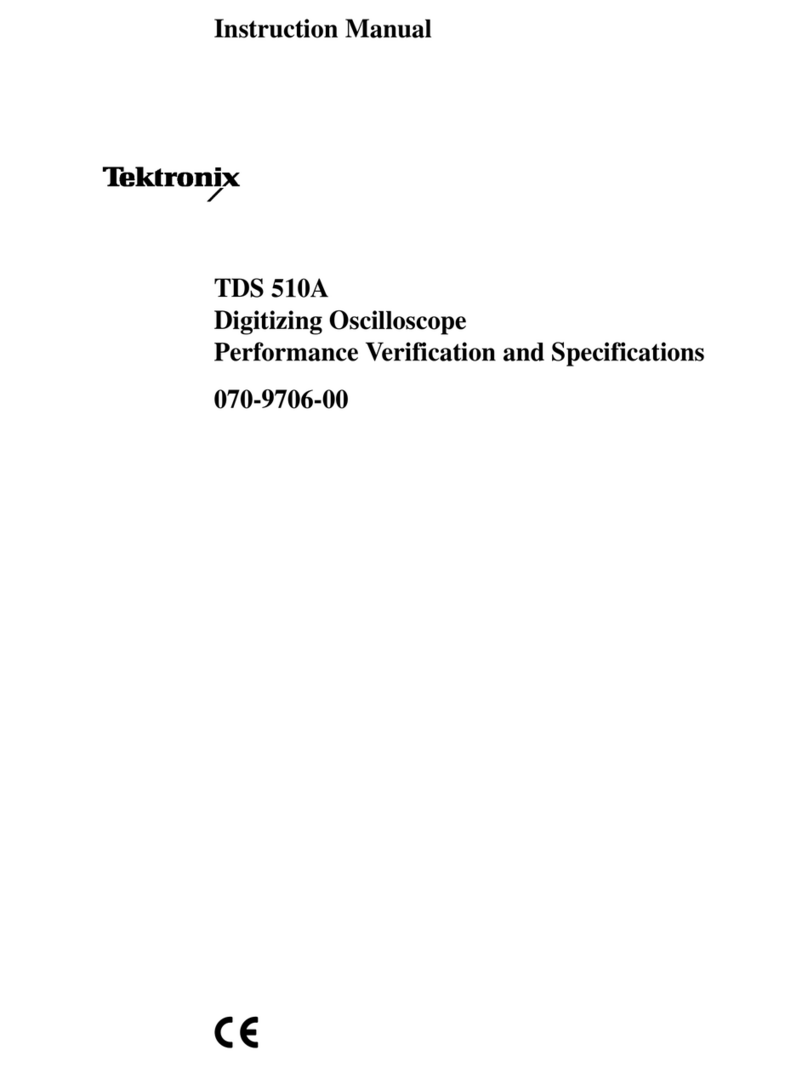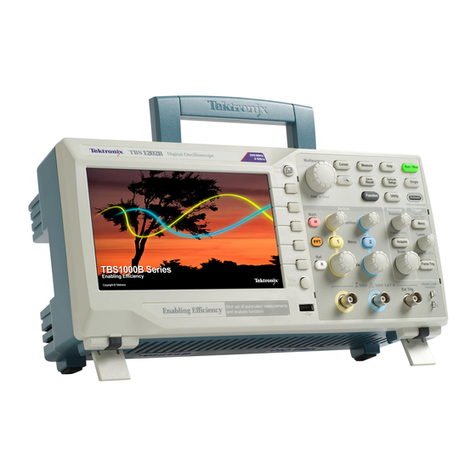Tektronix 519 User manual
Other Tektronix Test Equipment manuals
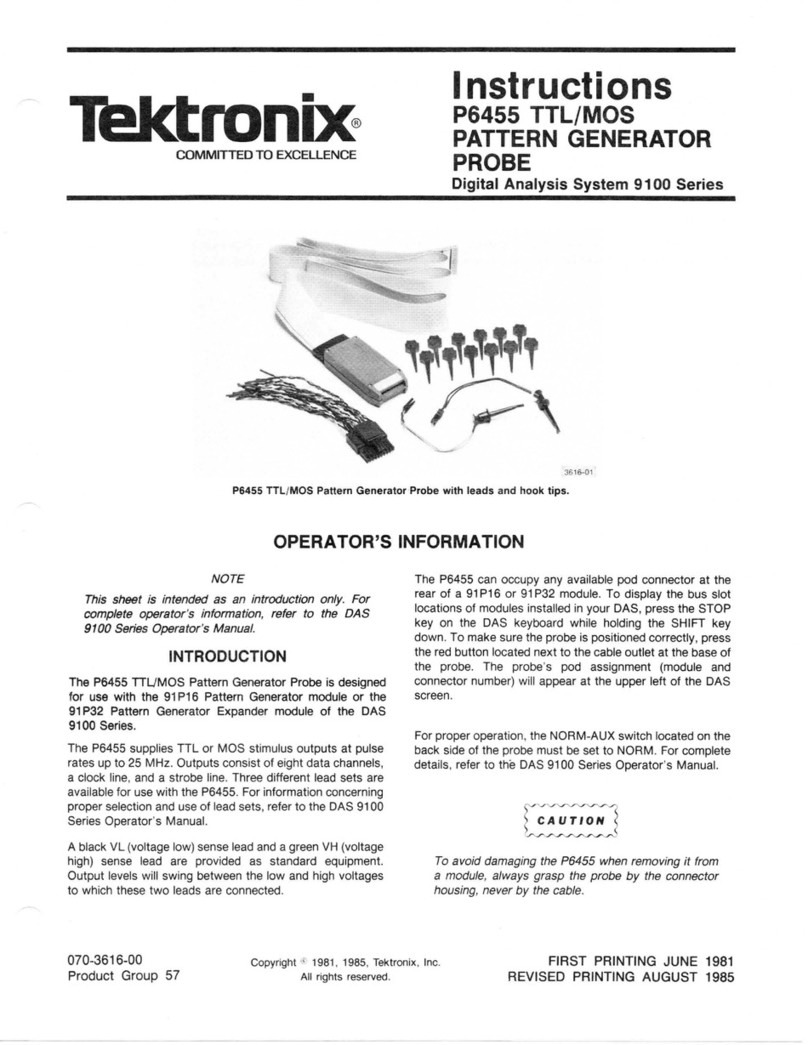
Tektronix
Tektronix P6455 TTL/MOS User manual
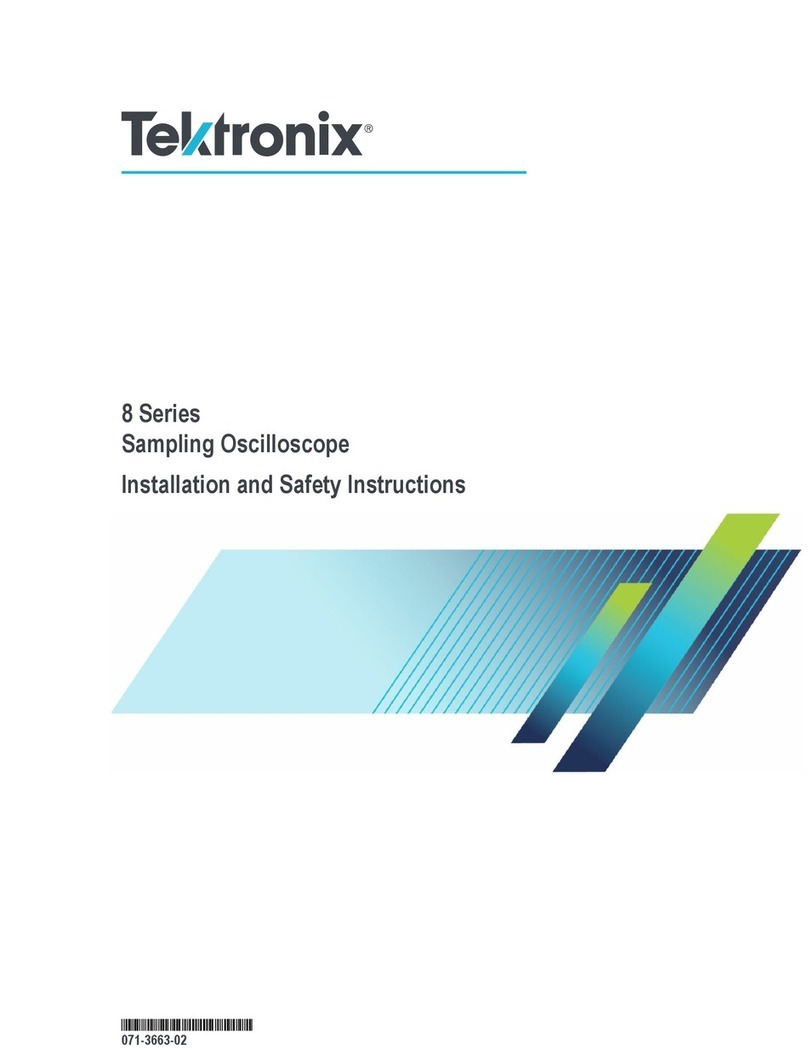
Tektronix
Tektronix 8 Series Manual
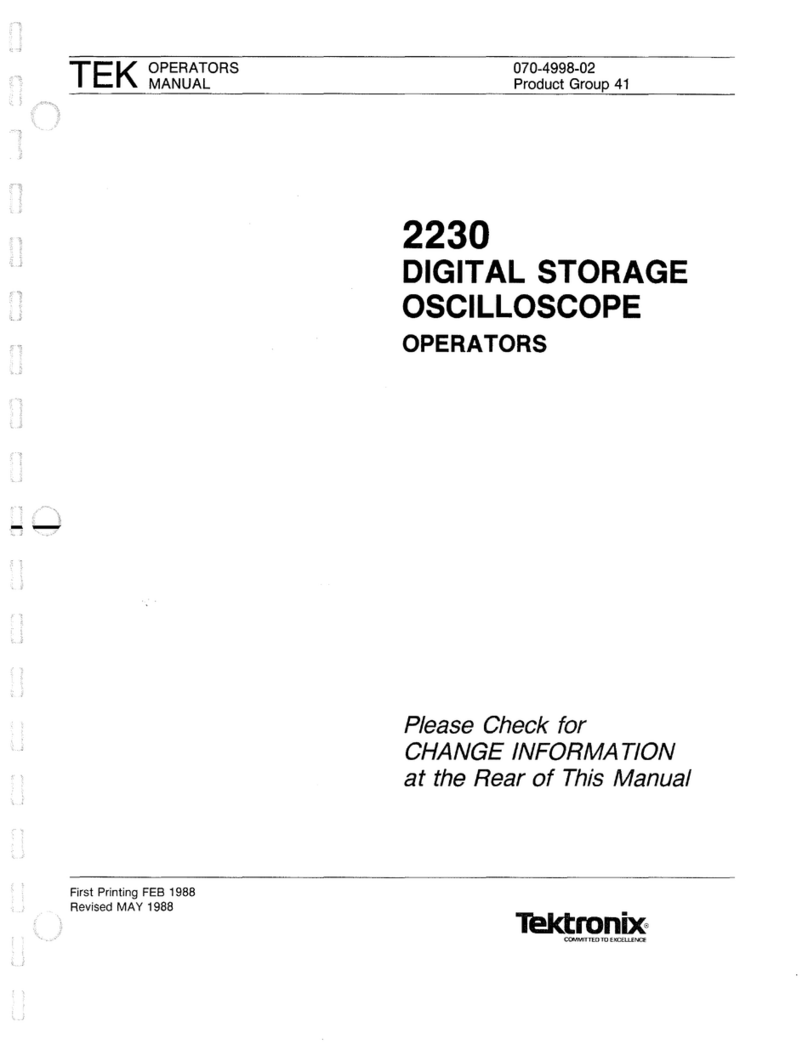
Tektronix
Tektronix 2230 User manual
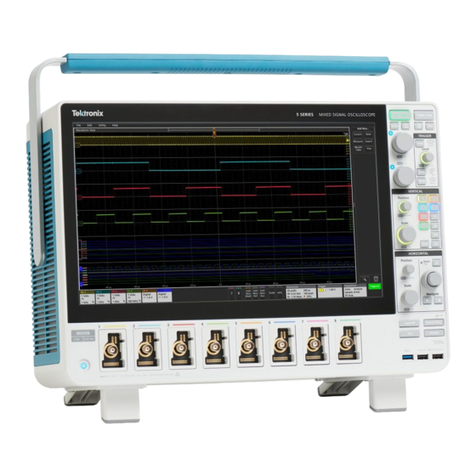
Tektronix
Tektronix MSO54 Reference guide

Tektronix
Tektronix 7B53N User manual
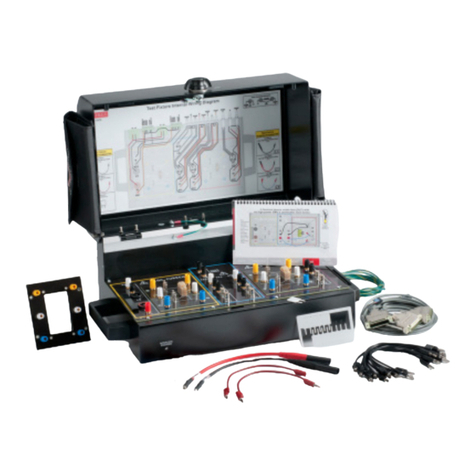
Tektronix
Tektronix KEITHLEY 8010 User manual
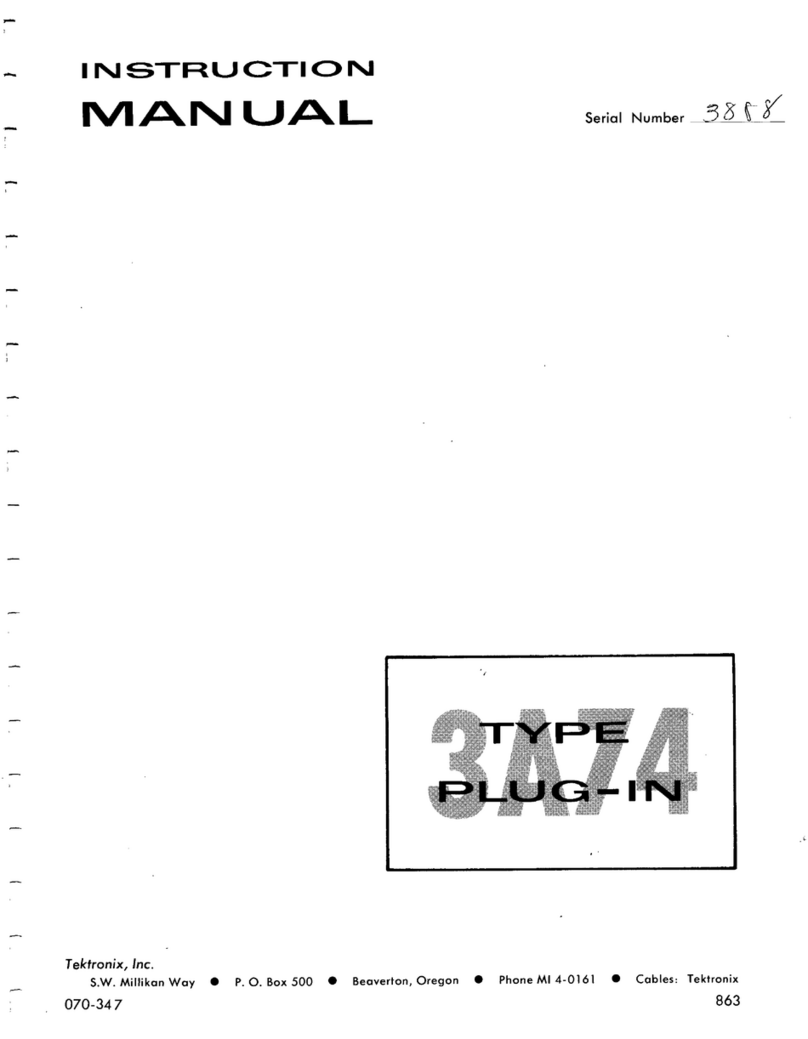
Tektronix
Tektronix 3A74 User manual
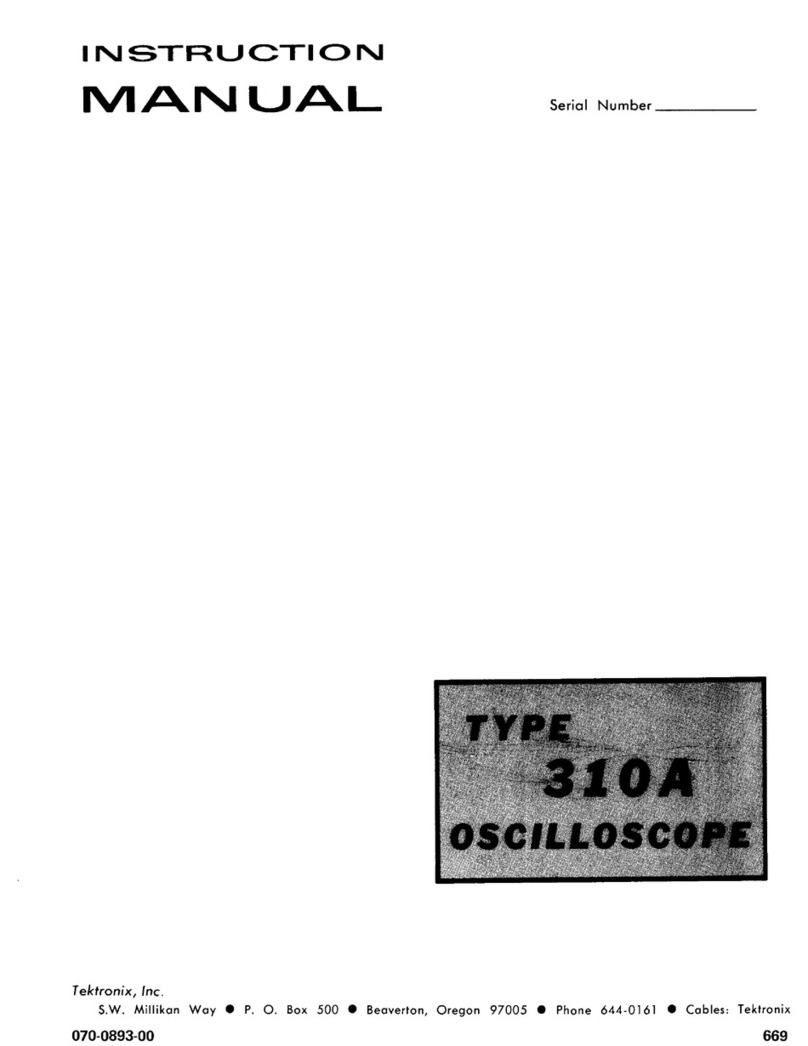
Tektronix
Tektronix 310A User manual
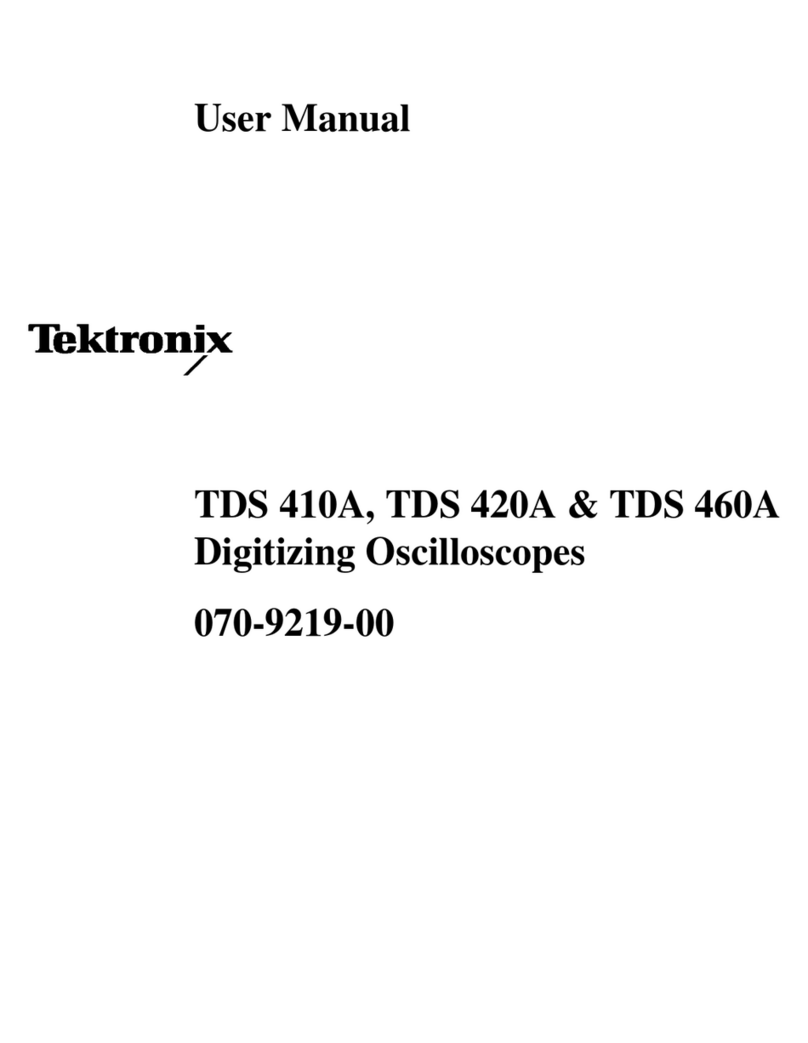
Tektronix
Tektronix TDS 460A User manual
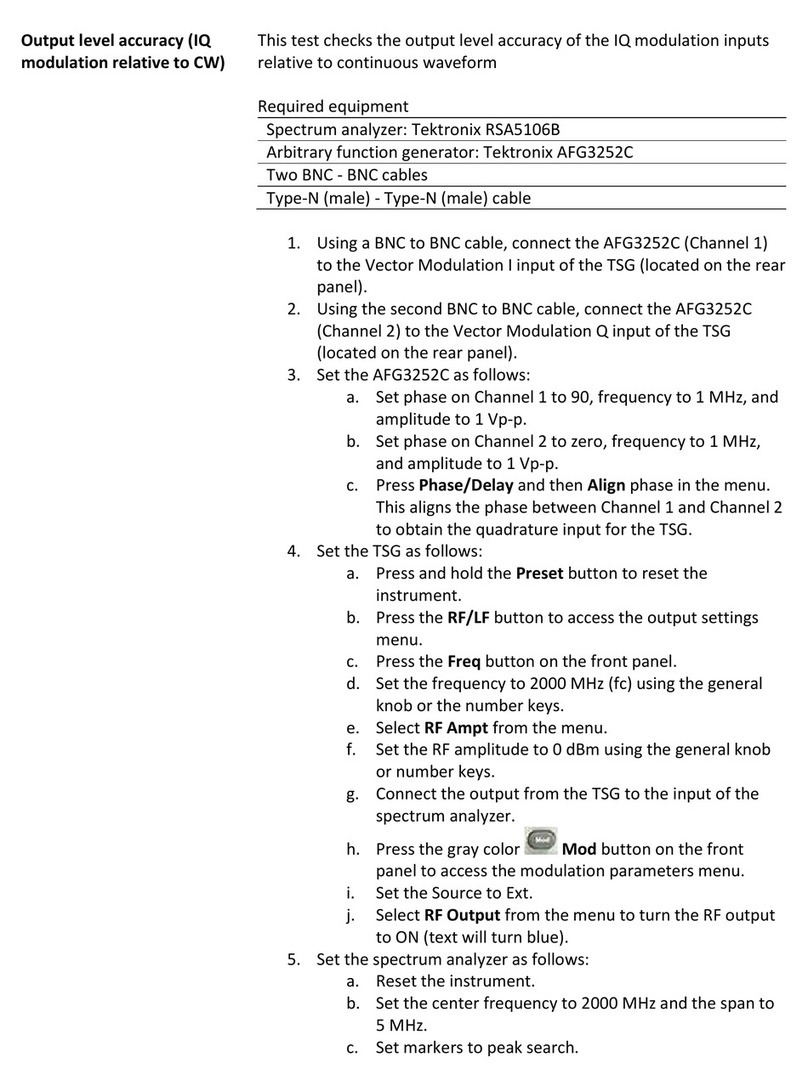
Tektronix
Tektronix TSG4100A Series User manual
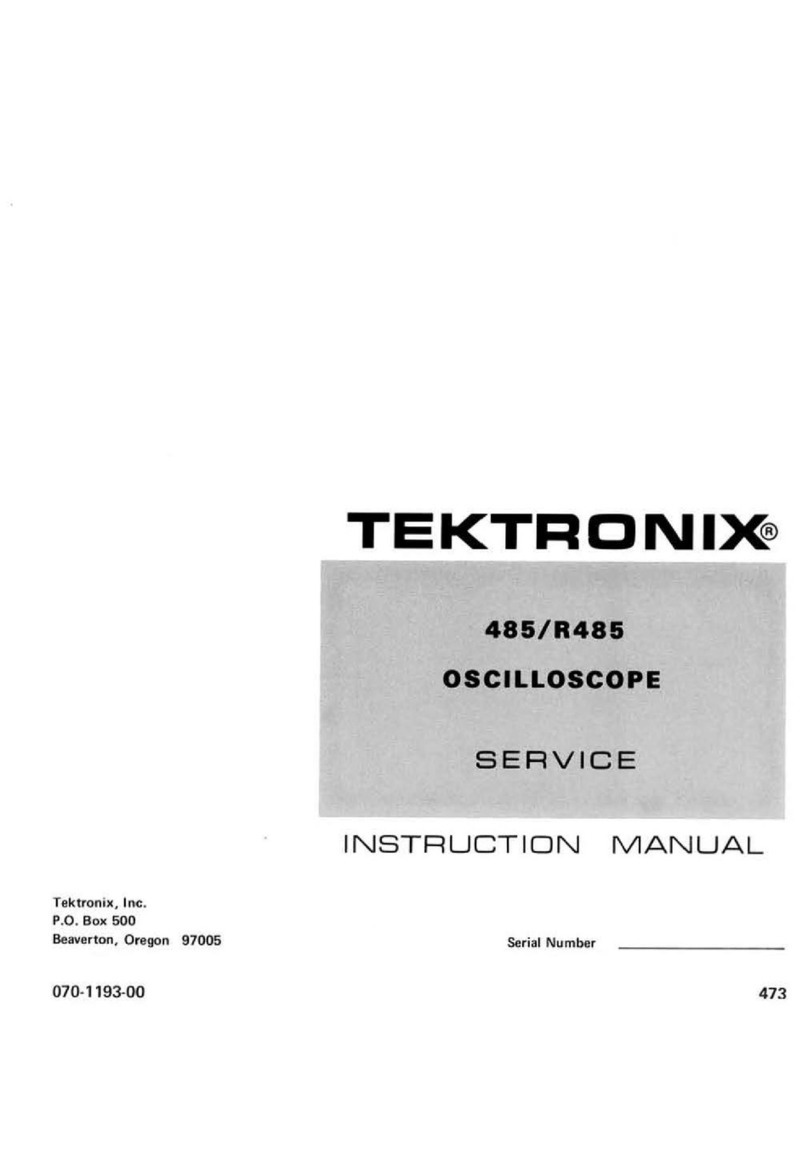
Tektronix
Tektronix R485 Operating instructions
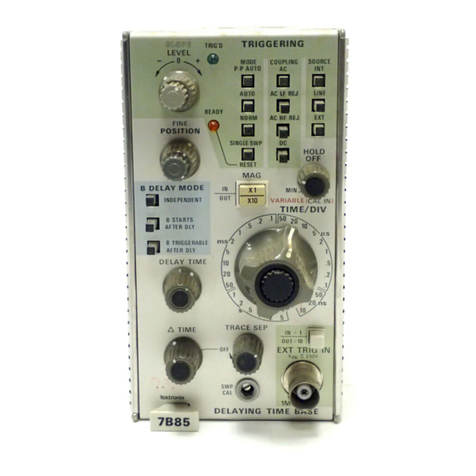
Tektronix
Tektronix 7B85 User manual
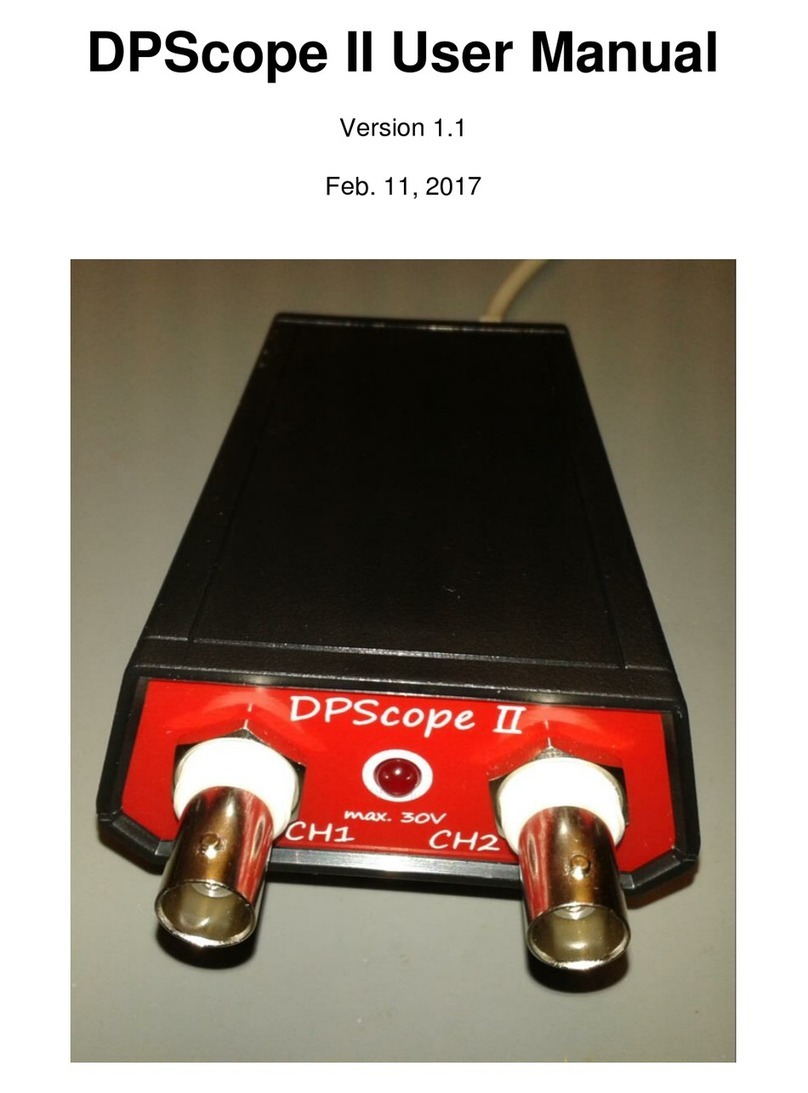
Tektronix
Tektronix DPScope II User manual
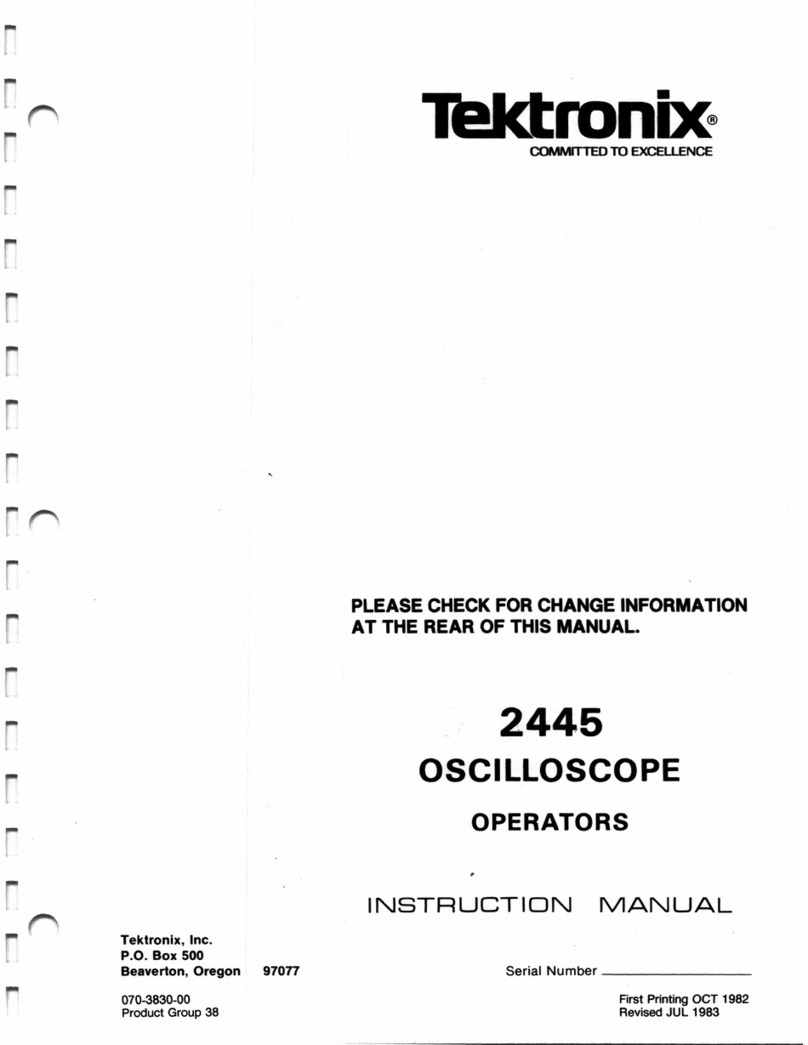
Tektronix
Tektronix 2445 User manual

Tektronix
Tektronix TDS 510A User manual
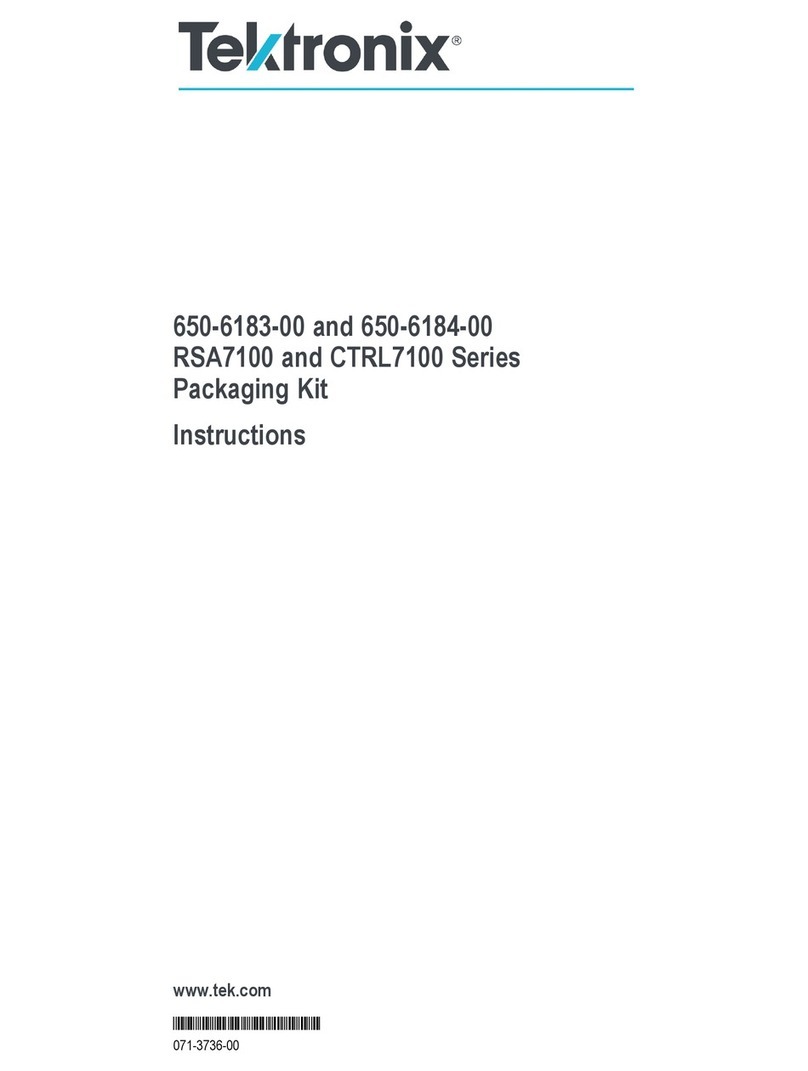
Tektronix
Tektronix CTRL7100 Series User manual
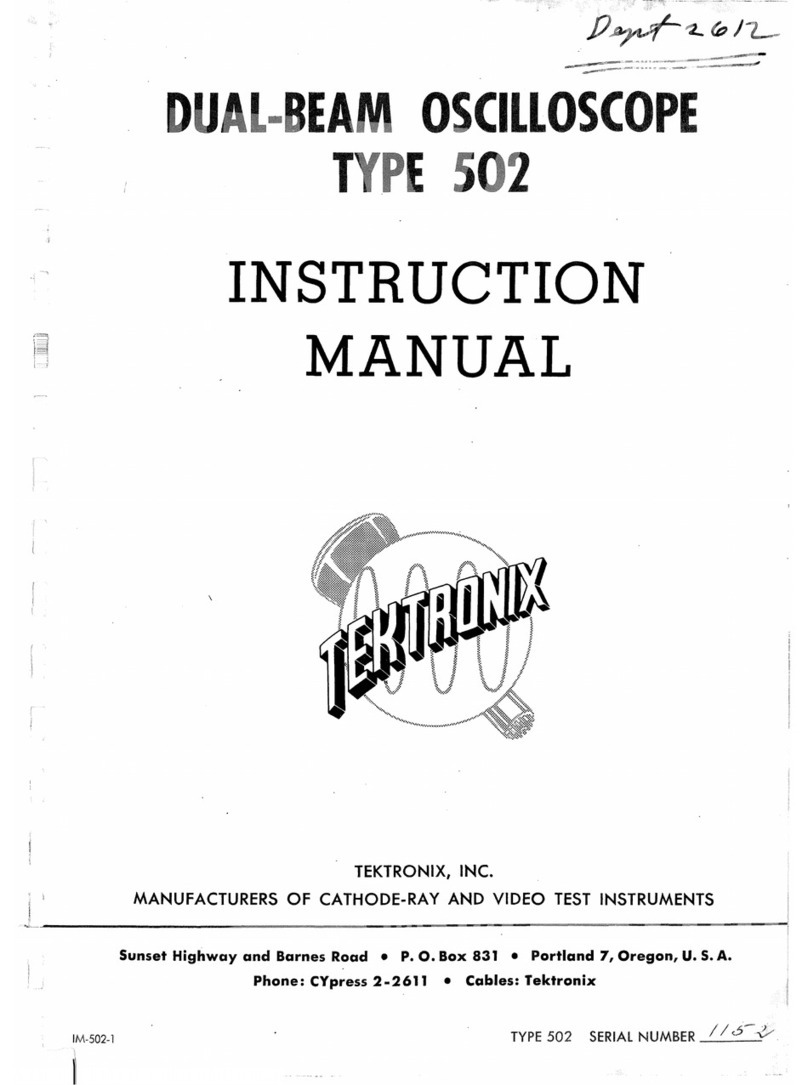
Tektronix
Tektronix 502 series User manual

Tektronix
Tektronix MDO32 Instruction manual

Tektronix
Tektronix P7313SMA Use and care manual
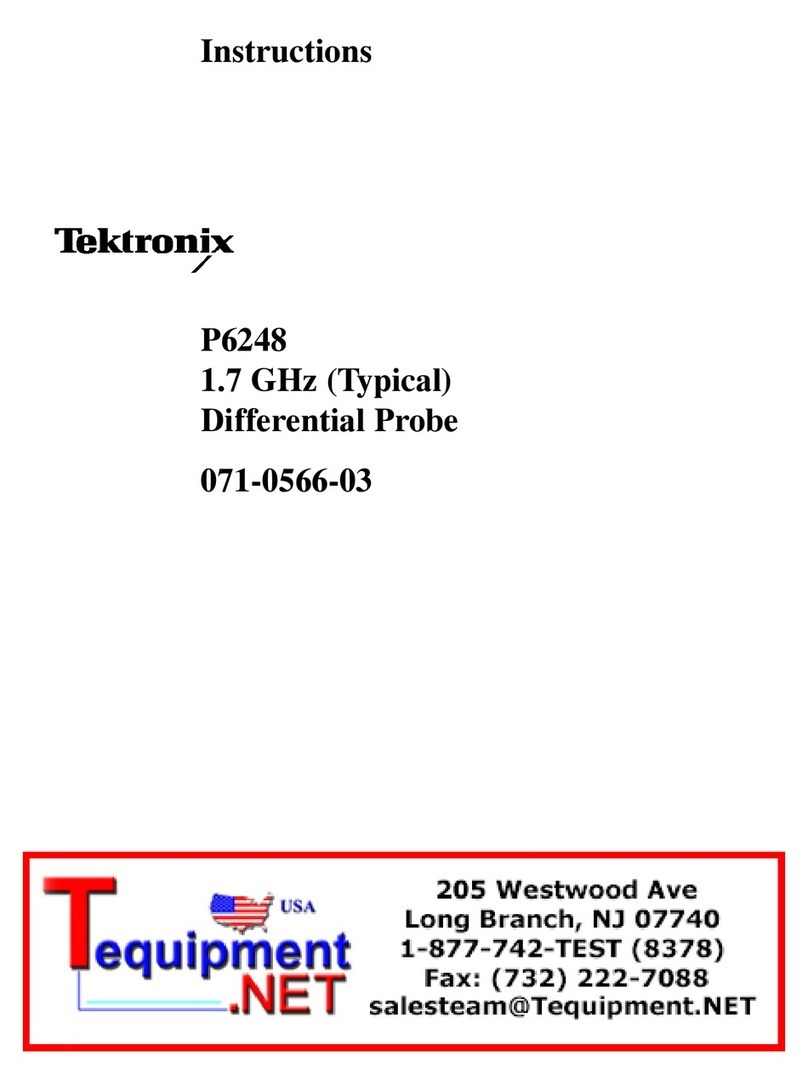
Tektronix
Tektronix P6248 User manual
Popular Test Equipment manuals by other brands

Redtech
Redtech TRAILERteck T05 user manual

Venmar
Venmar AVS Constructo 1.0 HRV user guide

Test Instrument Solutions
Test Instrument Solutions SafetyPAT operating manual

Hanna Instruments
Hanna Instruments HI 38078 instruction manual

Kistler
Kistler 5495C Series instruction manual

Waygate Technologies
Waygate Technologies DM5E Basic quick start guide

StoneL
StoneL DeviceNet CK464002A manual

Seica
Seica RAPID 220 Site preparation guide

Kingfisher
Kingfisher KI7400 Series Training manual

Kurth Electronic
Kurth Electronic CCTS-03 operating manual

SMART
SMART KANAAD SBT XTREME 3G Series user manual

Agilent Technologies
Agilent Technologies BERT Serial Getting started
